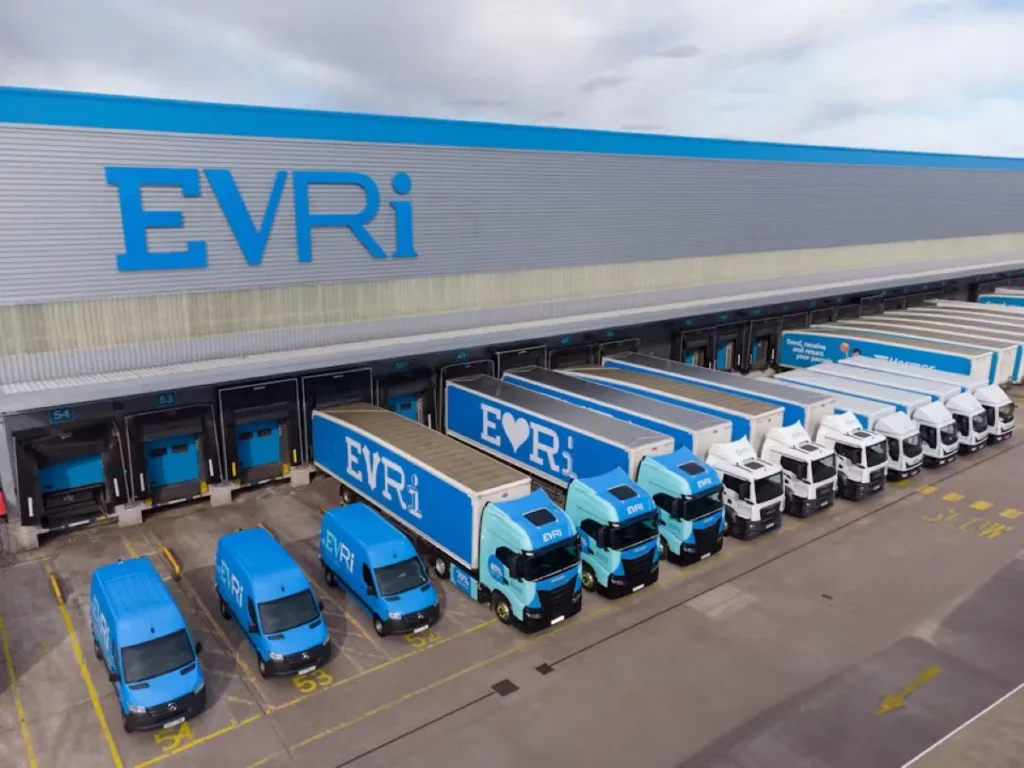We asked an expert panel of 30+ logistics professionals, policy makers and researchers on decisive developments shaping the future of last-mile deliveries. Here is what they had to say:
1. High hopes for urban consolidation centres and logistics hubs.
In urban consolidation centers, parcels from a range of (inter)national and local carriers are centrally collected, bundled, and last-mile delivery is done with sustainable modes of transport. Such consolidation centers are seen as an important asset in greening last-mile logistics. In some cases, last-mile deliveries can be supported by micro-hubs, from which deliveries can be made by bike or on foot. However, experts mention a range of challenges to the city-wide implementation of such hubs: for instance, hubs require intensified collaboration between carriers and between private and public stakeholders, and logistics space is needed at strategic locations in and around cities.
2. Unattended delivery is here to stay.
In face of e-commerce growth, collaboration between logistics stakeholders can take many forms, such as cooperation on storage and distribution, vehicle fleet and unattended delivery technology. In unattended delivery, instead of being delivered to the doorstep, parcels are delivered to a pick-up point or parcel locker nearby. Experts expect city-wide implementation of pick-up points to be a major asset in realizing sustainable last-mile logistics. However, they also stress the need for more cooperation between logistics carriers to prevent market segmentation and parcel locker sprawl.
3. In delivery, size matters
According to interviewees, the degree of collaboration between logistics carriers on storage and distribution, vehicle fleet and unattended delivery, is dependent on company size. Large courier, express and parcel delivery services (CEPs) are expected to rely on themselves more when making the transition to sustainable last-mile logistics, as they are able to make large-scale investments more easily on their own. Smaller CEPs are expected to share storage space and vehicles more often, as this helps them carry the costs of the transition and they can more easily integrate this in their business models.
Interested in reading more about the trends that are likely to shape the future of last-mile logistics? Read our trend report: ‘What’s in store for sustainable last-mile logistics’ here. Or read our previous blog on the future last-mile logistics transport.
Article originally hosted on LinkedIn here. For information on the European research project ULaaDS, visit ulaads.eu.
Photo by David Pisnoy on Unsplash









